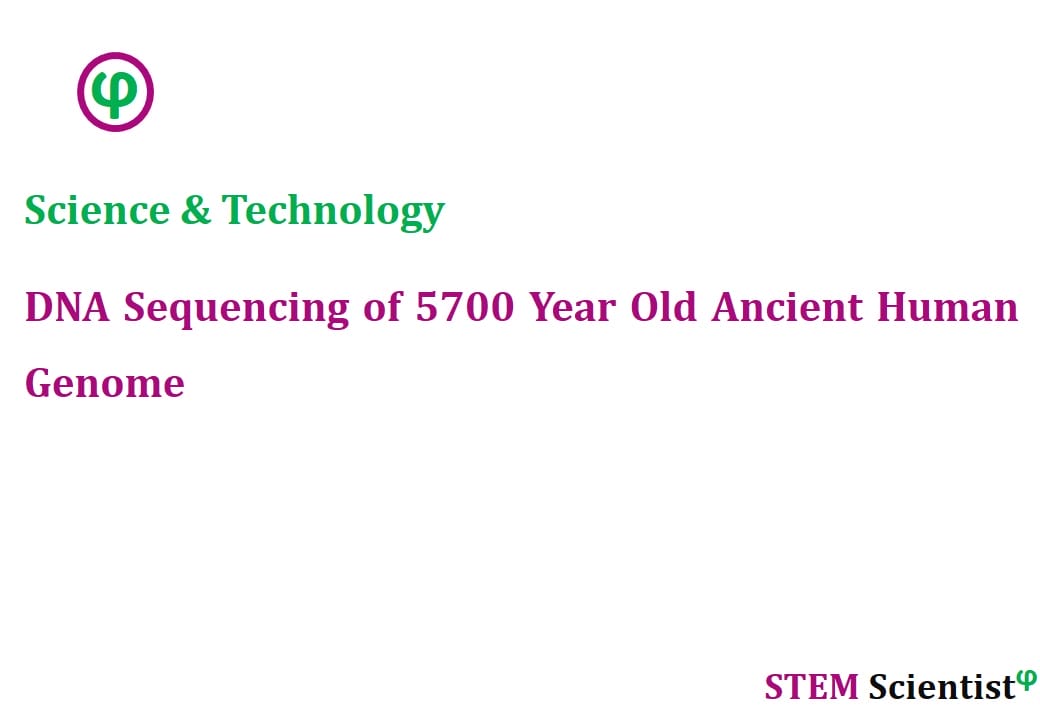
The following study was conducted by Scientists from University of Copenhagen, Denmark; University of York, United Kingdom; Technical University of Denmark; University of Groningen, The Netherlands; University of Cambridge, United Kingdom; National Museum of Denmark; Norwegian University of Science and Technology Museum, Trondheim, Norway.
Biological Scientists carried out DNA sequencing of complete ancient human genome and oral microbiome from the sample obtained from a 5700 year old piece of chewed birth pitch from Denmark region. Interesting findings were reported in Nature Communications Journal.
Nature Communications; Volume 10, Article number: 5520 (2019).
A 5700 Year-Old Human Genome and Oral Microbiome from Chewed Birch Pitch
Abstract
The rise of ancient genomics has revolutionised our understanding of human prehistory but this work depends on the availability of suitable samples. Here we present a complete ancient human genome and oral microbiome sequenced from a 5700 year-old piece of chewed birch pitch from Denmark. We sequence the human genome to an average depth of 2.3× and find that the individual who chewed the pitch was female and that she was genetically more closely related to western hunter-gatherers from mainland Europe than hunter-gatherers from central Scandinavia. We also find that she likely had dark skin, dark brown hair and blue eyes. In addition, we identify DNA fragments from several bacterial and viral taxa, including Epstein-Barr virus, as well as animal and plant DNA, which may have derived from a recent meal. The results highlight the potential of chewed birch pitch as a source of ancient DNA.
Source:
Nature Communications.
URL: https://www.nature.com/articles/s41467-019-13549-9
Citation:
Jensen, T.Z.T., Niemann, J., Iversen, K.H. et al. A 5700 year-old human genome and oral microbiome from chewed birch pitch. Nat Commun 10, 5520 (2019) doi:10.1038/s41467-019-13549-9.


